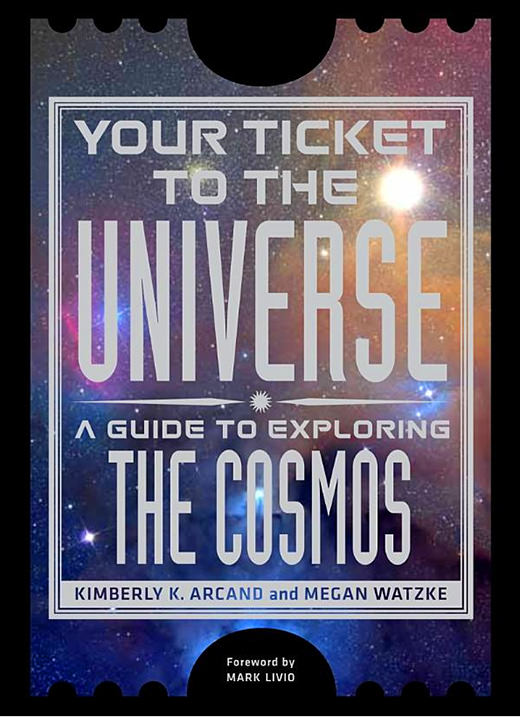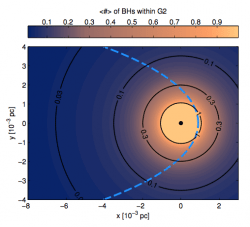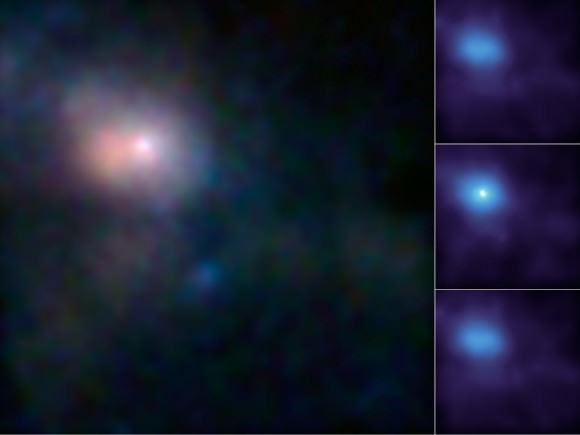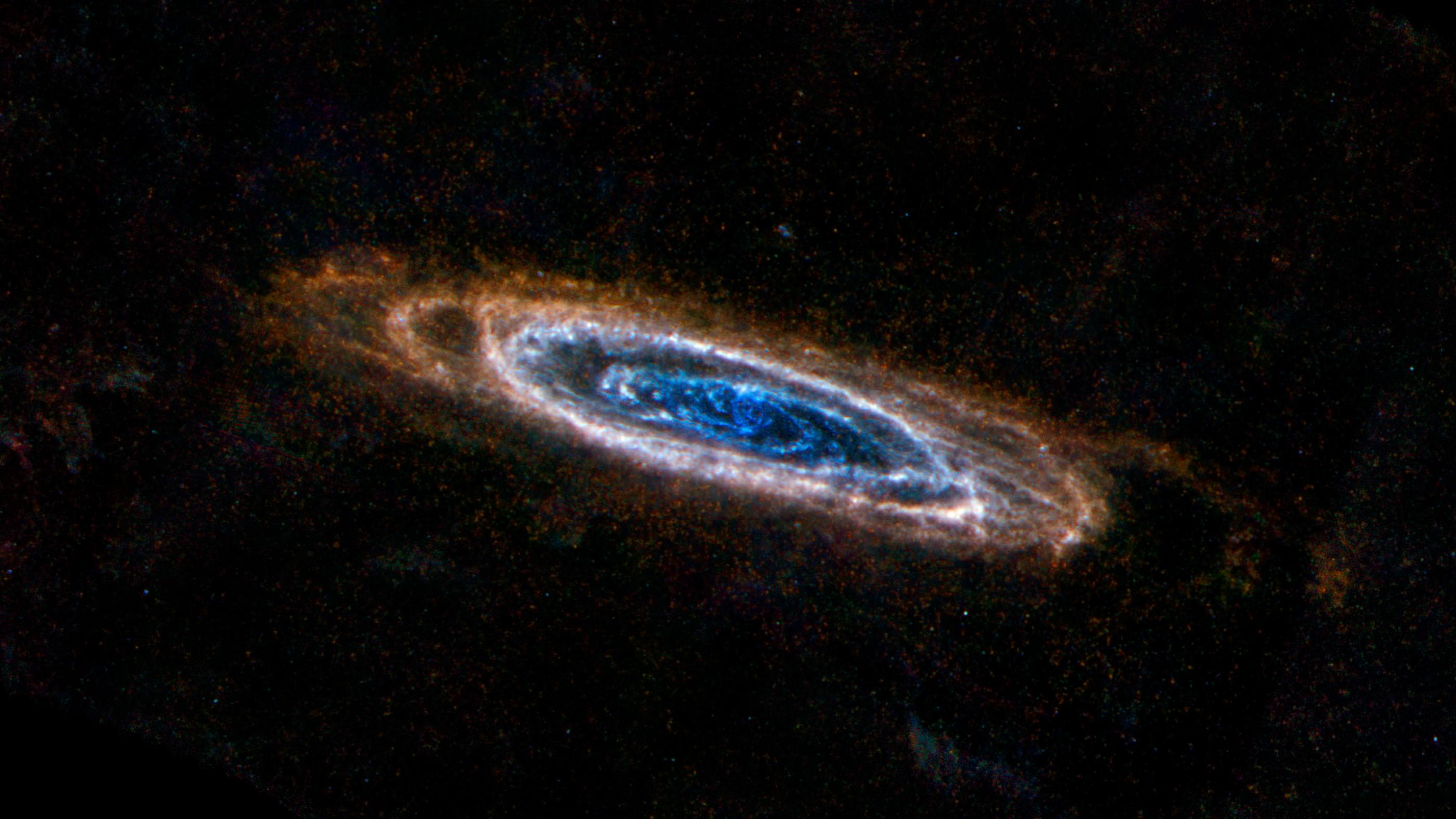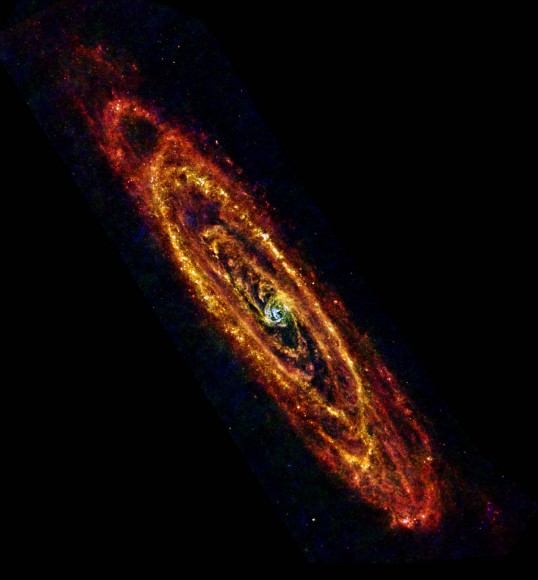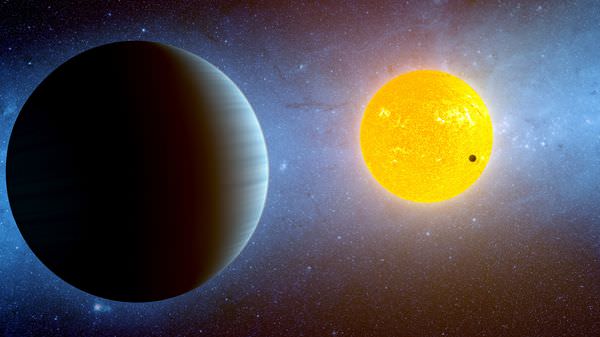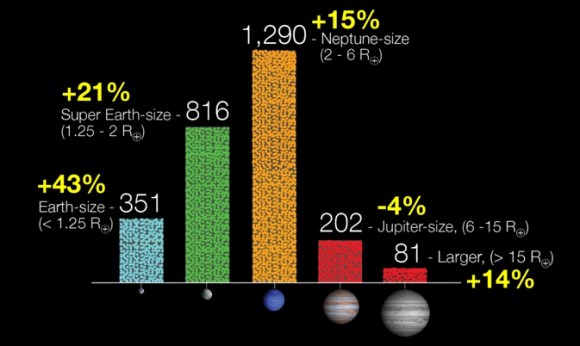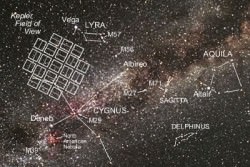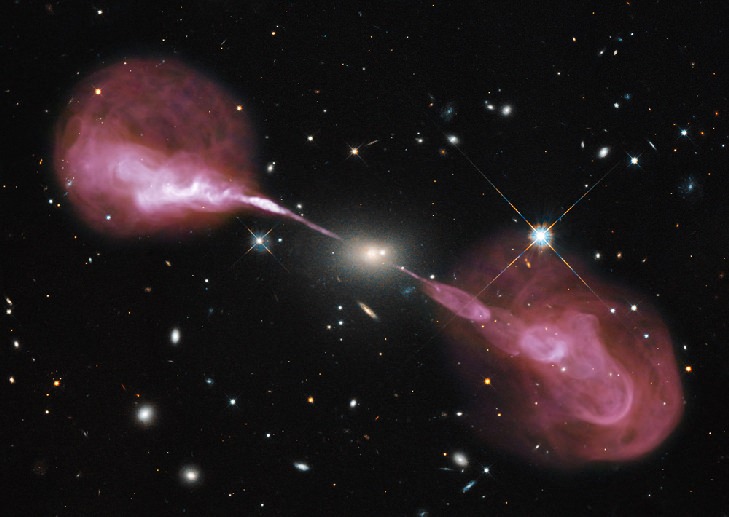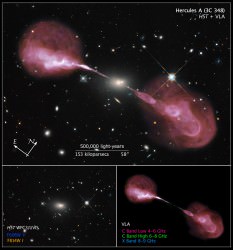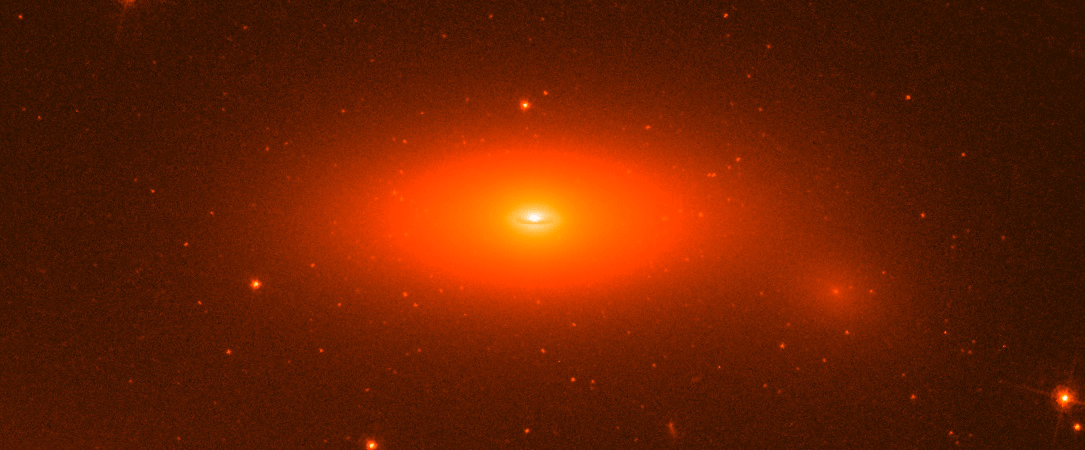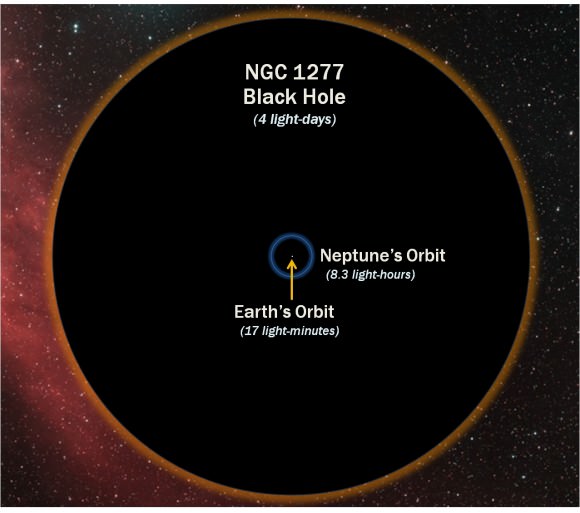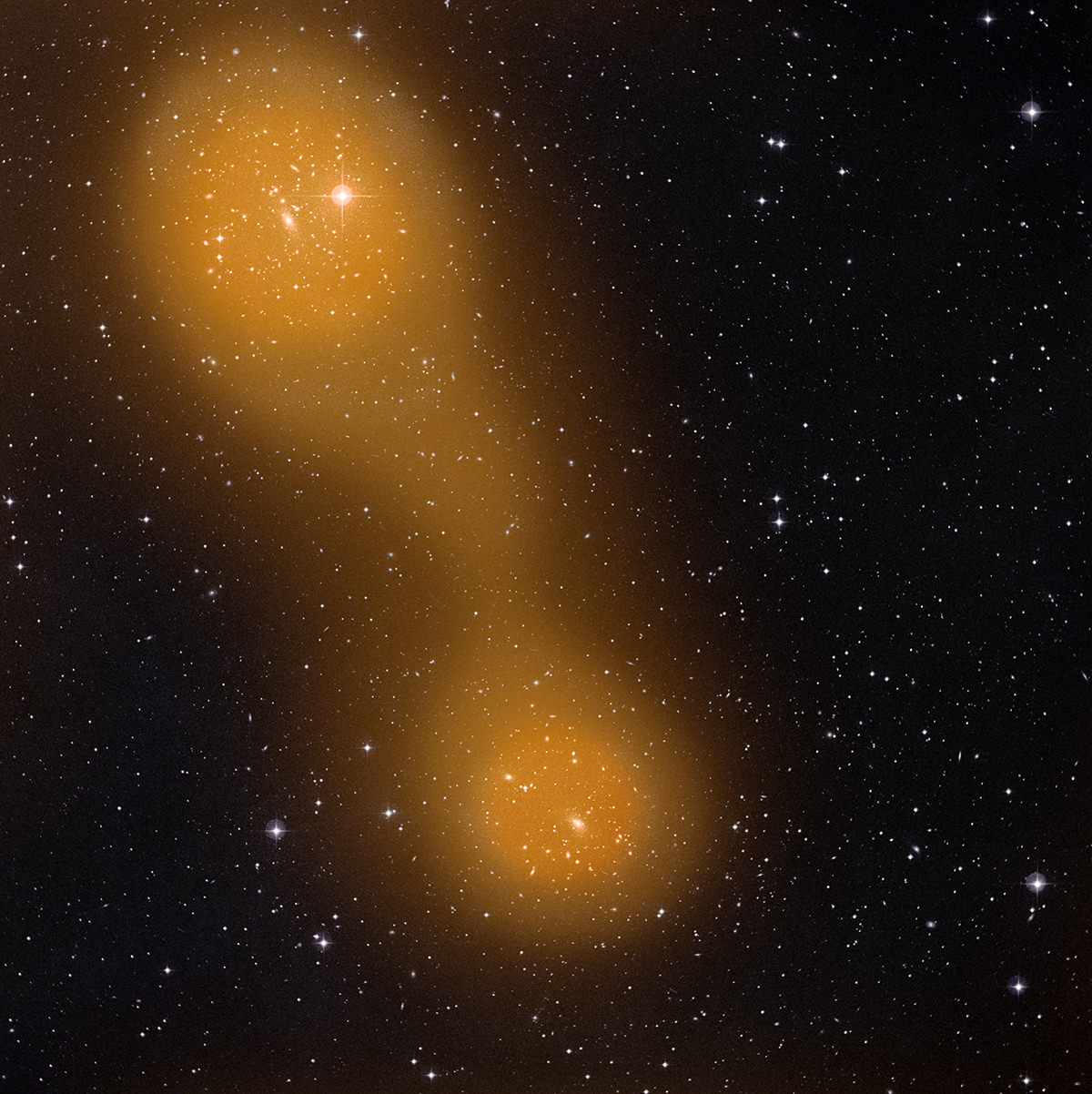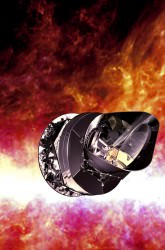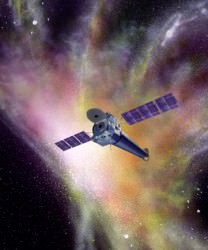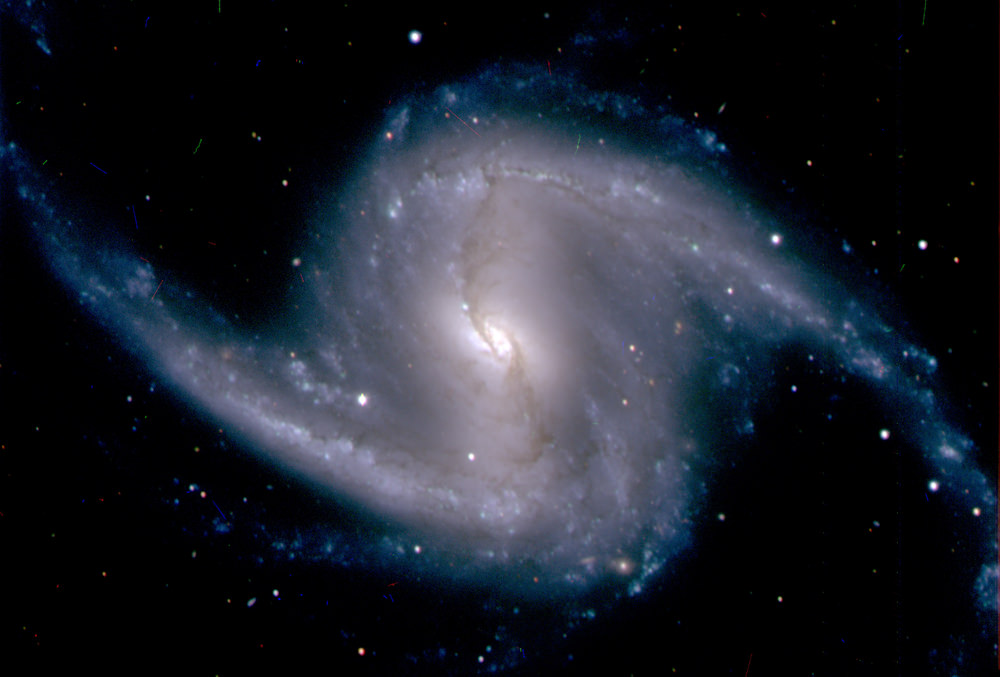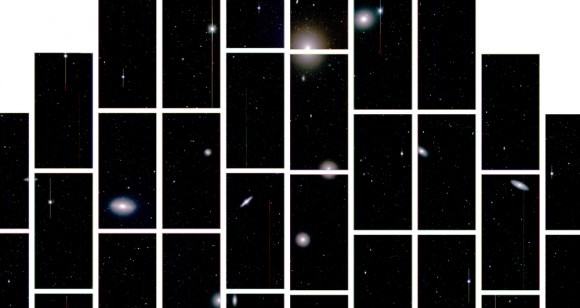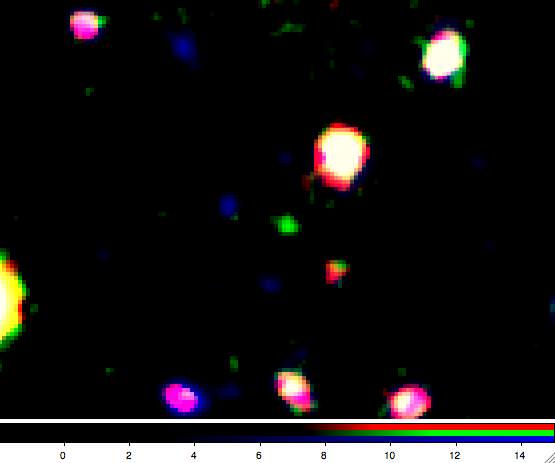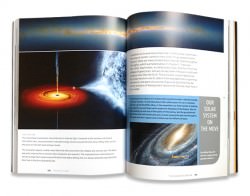
Every once in a while an astronomy book comes out that combines stunning high-definition images from the world’s most advanced telescopes, comprehensive descriptions of cosmic objects that are both approachable and easy to understand (but not overly simplistic) and a gorgeous layout that makes every page spread visually exciting and enjoyable.
This is one of those books.
Your Ticket to the Universe: A Guide to Exploring the Cosmos is a wonderful astronomy book by Kimberly K. Arcand and Megan Watzke, media coordinator and press officer for NASA’s Chandra X-ray Observatory, respectively. Published by Smithsonian Books, it features 240 pages of gorgeous glossy images from space exploration missions, from the “backyard” of our own Solar System to the more exotic environments found throughout the Galaxy… and even beyond to the very edges of the visible Universe itself.
Find out how you can win a copy of this book here!
As members of the Chandra team, headquartered at the Smithsonian Astrophysical Observatory in Cambridge, Massachusetts, Kim and Megan have long had firsthand experience with incredible astronomical images — they previously designed and coordinated the internationally-acclaimed From Earth to the Universe and From Earth to the Solar System photo installation projects, which helped set up presentations of space exploration images in public locations around the world.

Your Ticket to the Universe takes such impressive images — from telescopes and observatories like Hubble, Spitzer, SDO, Chandra, Cassini, GOES, VLT, and many others, as well as from talented photographers on Earth and in orbit aboard the ISS — and puts them right into your hands, along with in-depth descriptions that are comprehensive yet accessible to even the most casual fans of space exploration.
This is my favorite kind of astronomy book. Although I look at images like the ones in Your Ticket to the Universe online every day, there’s something special about having them physically in front of you in print — and well-written text that can be understood by everyone is crucial, in my opinion, as it means a book may very well become an inspiration to a whole new generation of scientists and explorers.
“The sky belongs to everyone. That’s the premise of this guidebook to the Universe. You don’t need a medical degree to know when you’re sick or a doctorate in literature to appreciate a novel. In the same spirit, even those of us who don’t have advanced degrees in astronomy can gain access to all the wonder and experience that the Universe has to offer.”
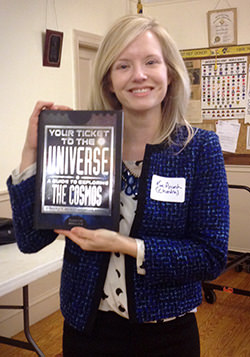
I’ve had the pleasure of meeting co-author Kimberly Arcand on several occasions — I attended high school with her husband — and her knowledge about astronomy imaging as well as her ability to present it in an understandable way is truly impressive, to say the least. She’s quite an enthusiastic ambassador for space exploration, and Your Ticket to the Universe only serves to further demonstrate that.
I highly recommend it for anyone who finds our Universe fascinating.
Your Ticket to the Universe will be available online starting April 2 at Smithsonian Books, or you can pre-order a copy at Barnes & Noble or on Amazon.com. Don’t explore the cosmos without it!

